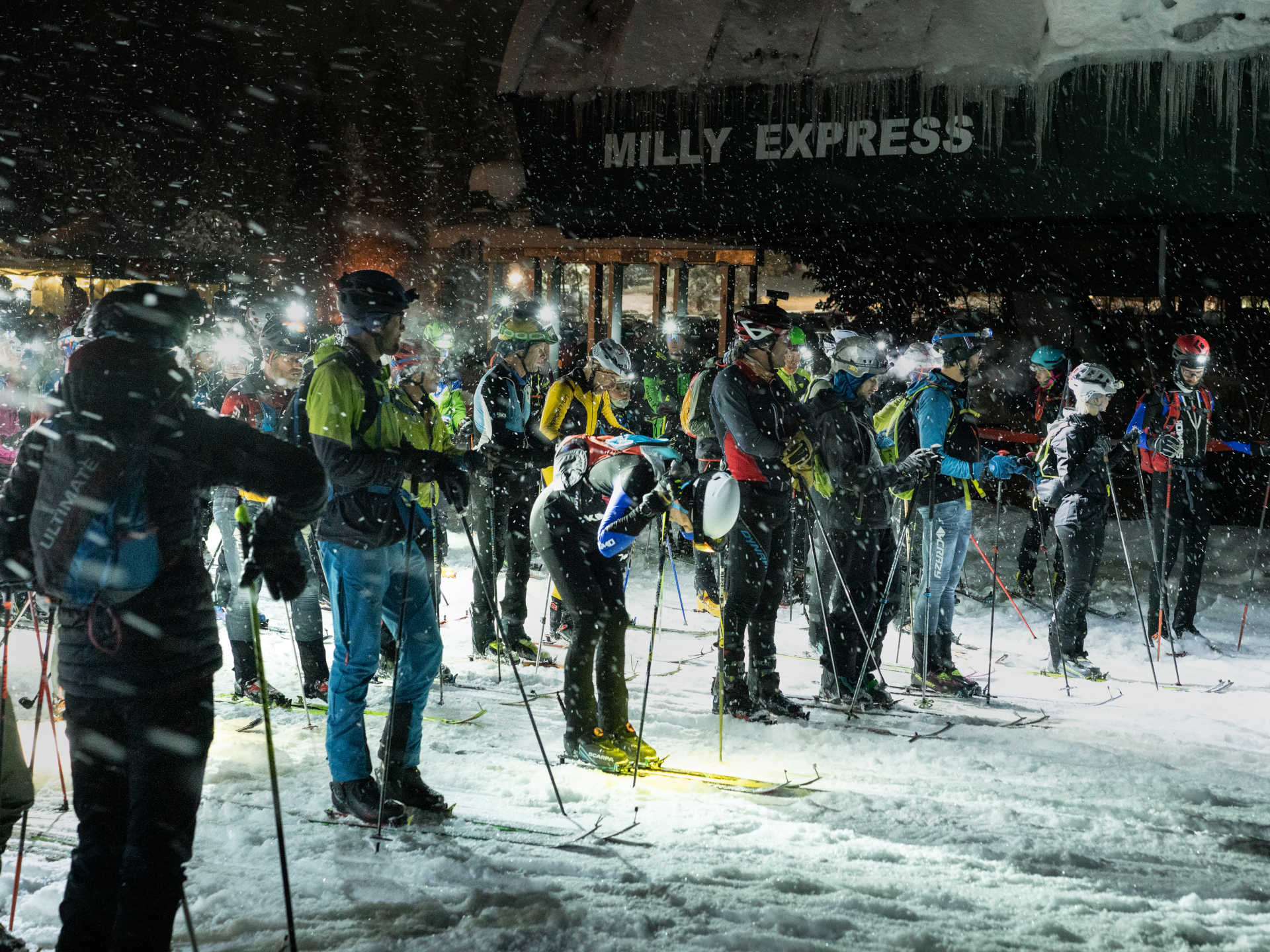
Frequently Asked Questions
What is Skimo?
What is Skimo?
What is Skimo?
What are the expectations and rules for those who race?
What are the expectations and rules for those who race?
What are the expectations and rules for those who race?
How much do Tuesday night races cost?
How much do Tuesday night races cost?
How much do Tuesday night races cost?
What equipment do I need?
What equipment do I need?
What equipment do I need?
What should I wear for a skimo race?
What should I wear for a skimo race?
What should I wear for a skimo race?
Do I need a backpack?
Do I need a backpack?
Do I need a backpack?
What avalanche gear is required?
What avalanche gear is required?
What avalanche gear is required?
What's a "boot pack?"
What's a "boot pack?"
What's a "boot pack?"
Are there prizes at the races?
Are there prizes at the races?
Are there prizes at the races?
Where do the race fees go?
Where do the race fees go?
Where do the race fees go?
Utah Skimo is generously supported by

Endurance training programs that adapt to you

Skis and equipment, designed right here in Utah

Excellent ski mountaineering equipment
View our other amazing sponsors here. Site photos taken by Ron Winsett.
Utah Skimo is generously supported by

Endurance training programs that adapt to you

Skis and equipment, designed right here in Utah

Excellent ski mountaineering equipment
View our other amazing sponsors here. Site photos taken by Ron Winsett.
